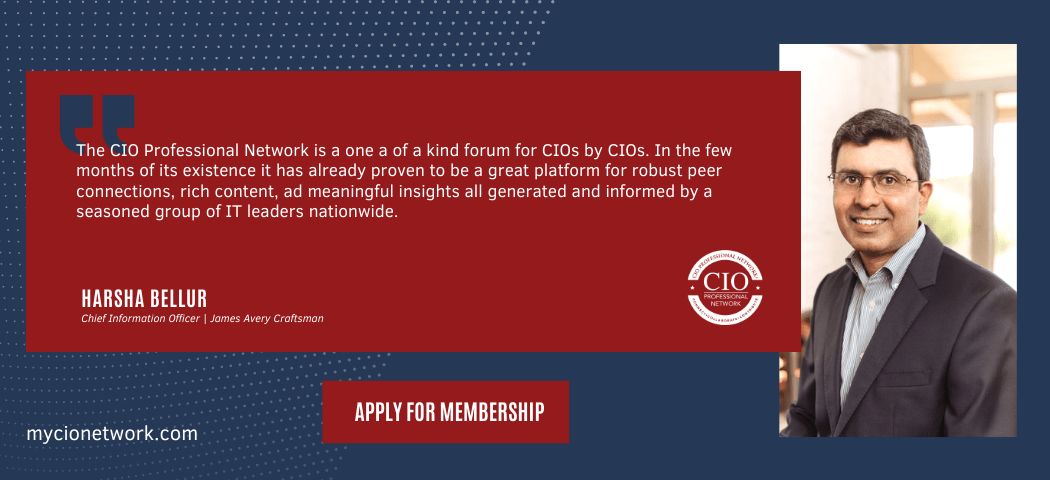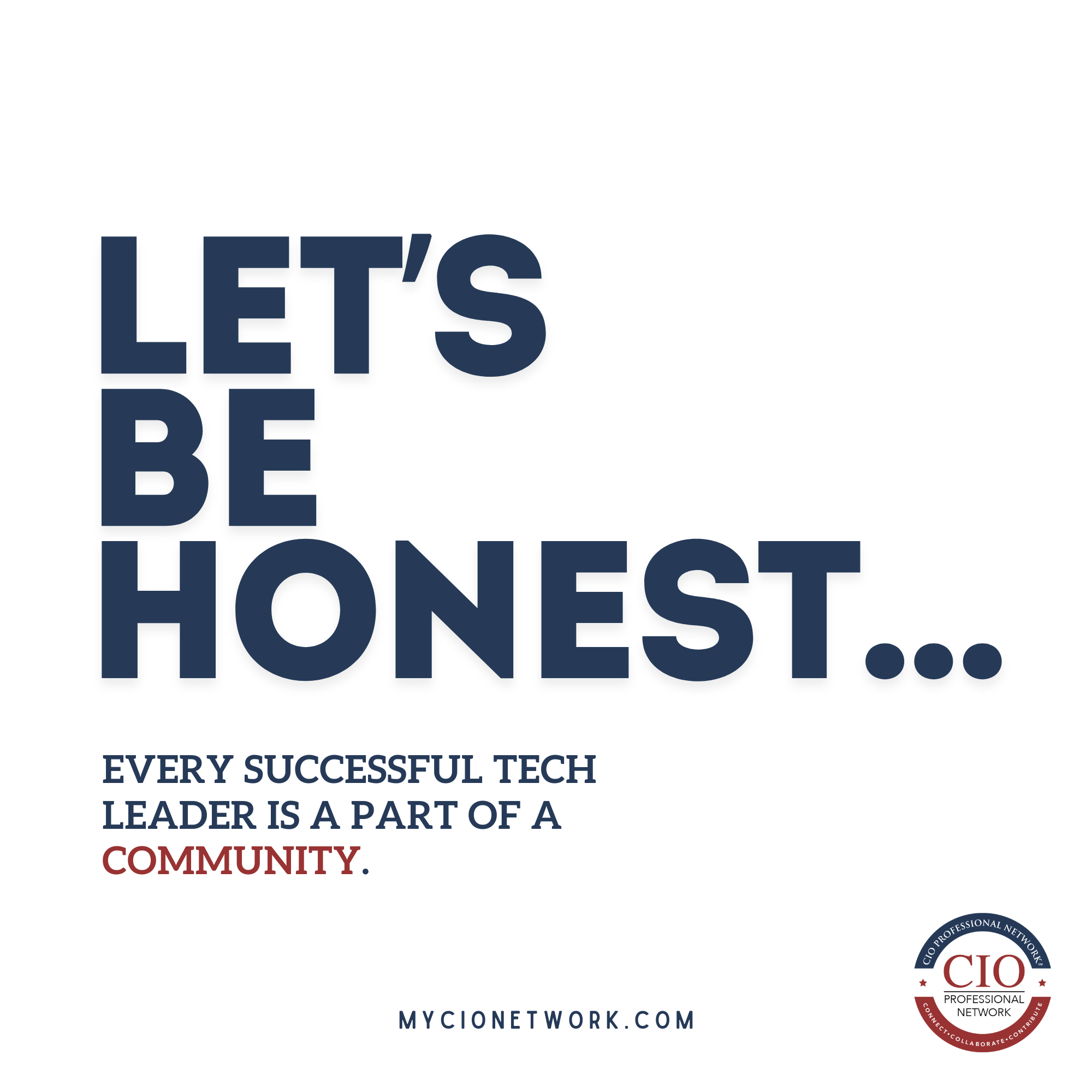As the world becomes increasingly digitally dominant, the critical skills that fuel innovation, drive productivity, and secure long-term economic growth are shifting.
Yet unfortunately our American education system is lagging behind.
Despite a widespread demand for tech-savvy talent, less than 60% of U.S. high schools today offer computer science courses, and access to this important education remains uneven across geography, district resources, and student populations.
This is no longer a matter of catching up, it’s a matter of national competitiveness and opportunity creation.
More Than Just Coding: The Modern Toolbox
For some, “Computer science” may sound like a dated or niche term, but it has evolved to represent a powerful spectrum of knowledge and skills that underpin the future of modern work. Today, CS is not just for aspiring programmers, it’s serves as foundational literacy for problem-solving, decision-making, and innovation that spans across every industry and profession.
A comprehensive CS education can help students:
- Think computationally – Breaking down complex problems into logical steps and creating repeatable solutions.
- Build software and apps – Designing the digital products and platforms that run businesses, communities, and daily life.
- Work with data – Understanding how to interpret, visualize, and act on information in any industry, from healthcare to logistics.
- Understand cybersecurity and ethics – Navigating online environments safely and responsibly.
- Explore emerging tech – Engaging with artificial intelligence, machine learning, and automation early on.
- Design for real users – Creating effective tools through user-centered thinking and empathy.
More than filler technical skills, these are career multipliers across all industries whether technology focused or note. They prepare students not only to enter the job market, but to lead in it.
A Personal Pathway, Powered by Access
My own journey is a testament to the power of early exposure. I started programming at age 12 on a TI-99/4A, eventually upgrading to a Commodore 64. I was self-taught, driven by a love of logic and video games, building my own simple programs, tweaking graphics, and diving into code because it felt like creative magic.
In 1983, in a traditionally blue-collar community in the Florida panhandle, our high school was way ahead of the curve. We were provided access to early morning programming classes on a TRS-80, and yes, we even snuck in a little game playing. That exposure lit a fire that would guide my entire career: I went on to earn a computer science degree, which became the foundation for roles as a systems engineer, CIO, and ultimately, an entrepreneur.
The path I found through early access to computer science is still out there, but for far too many students, that door is closed before they even know it exists.
The Risk of Inaction
The U.S. currently has hundreds of thousands of open computing jobs, yet our schools aren’t preparing students to fill them. In many cases, students aren’t even given the option to try, creating a missed opportunity for economic growth and upward mobility, particularly in underserved areas.
The challenge is that if students don’t have access to CS learning in middle and high school, they’re unlikely to pursue it in college or vocational pathways. And when that happens, our generational talent pool narrows, innovation slows, and regions already struggling to compete fall further behind.
Across the globe, countries are integrating digital skill-building into core curriculum starting in elementary school. Without decisive action, the U.S. risks not only failing its students, but losing its edge.
Recognizing this moment of urgency, national coalitions like CSforALL have launched initiatives to rapidly scale CS access. Their “Unlocking the Path to 8 Million” campaign aims to ensure eight million students receive high-quality CS instruction by 2030. More than 550 organizations across sectors have backed the initiative, from major tech firms to school districts and education nonprofits.
The campaign’s core message is straightforward: we must open the doors of opportunity now so students are ready for the digital economy, not just as workers, but as innovators, entrepreneurs, and informed citizens.
What Needs to Happen Next
To make that vision a reality, we need coordinated effort from every level of influence:
- States and districts must adopt policies that guarantee CS access in K–12.
- Investments in professional development are needed so teachers can confidently lead CS classrooms.
- Companies and higher ed must collaborate with schools to keep curricula tech relevant and job-aligned.
- Communities must view CS not as an “extra,” but as a core opportunity builder, especially for students in places where tech careers may feel out of reach.
This isn’t a simple call to produce more software engineers. It’s about equipping the next generation with the digital fluency to shape their futures and the country’s.
The Wrap
Expanding computer science education isn’t just a matter of keeping pace with change, it’s about opening the door to opportunity for every student in every community. Whether a student becomes a game developer, a nurse using AI diagnostics, or a small business owner, the ability to understand and leverage technology will define their options.
There are just five years until 2030, the milestone CSforALL and others have put forward.
But the timeline isn’t the real motivator. The real driver is this: we know what needs to be done, and the longer we wait, the more potential we leave behind.






